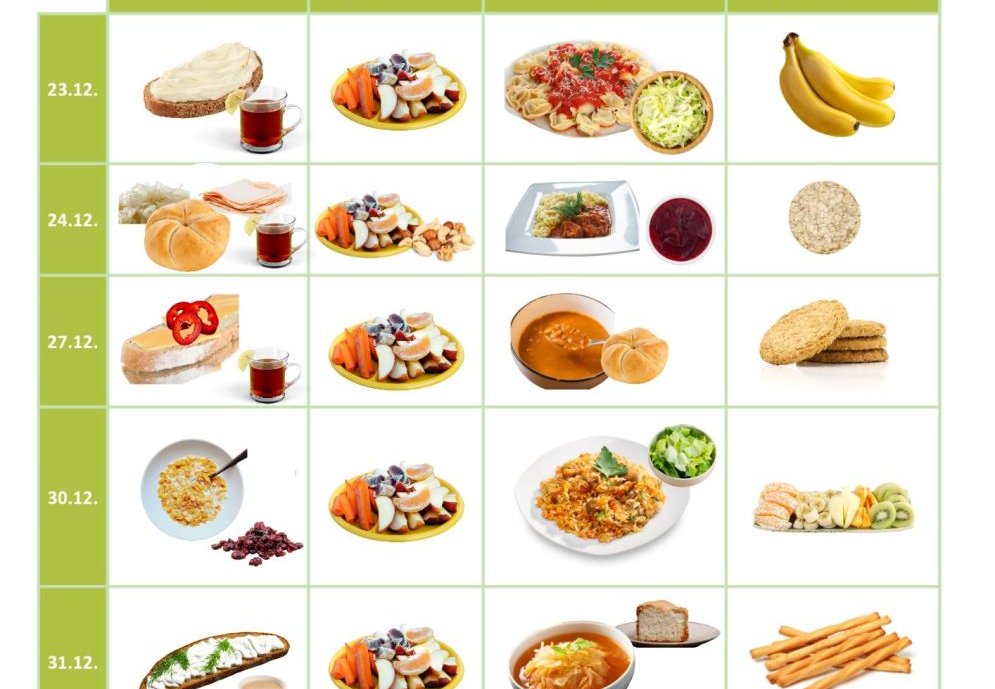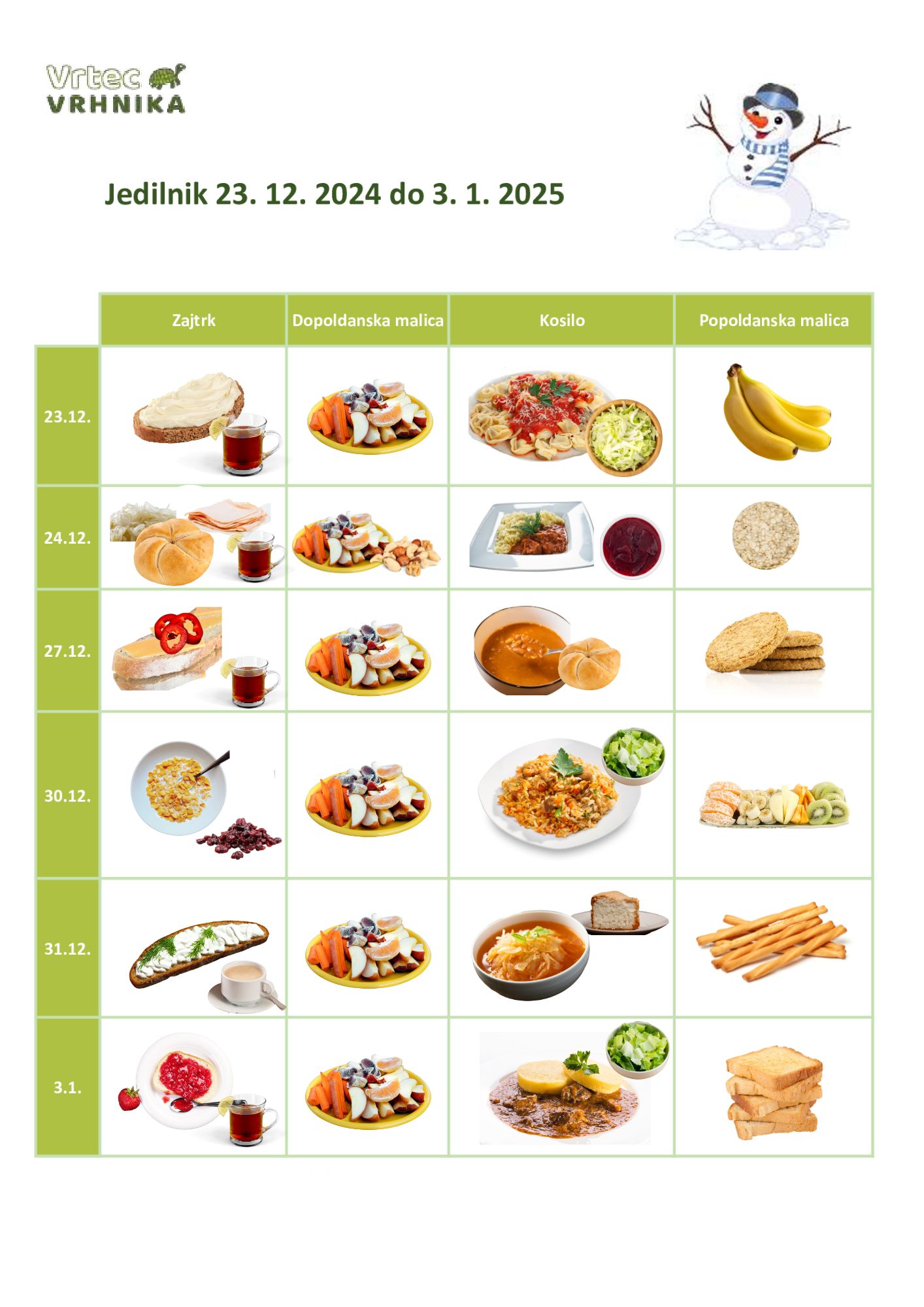

Photo menu with photo book of recipes
Attractive photo menus with fun, descriptive food names are effective ways to promote new dishes and increase meal consumption by children.

Výsledek učení
This is a beneficial idea, especially for younger children who can´t read yet or are just learning to read or for children with special needs. A lot of activities can be connected with this activity.
Learning outcome:
- better acceptance of new meals with children, because of appealing photos, especially with young children who can´t read yet,
- through nice photos, pupils will be more curious about new food and more willing to try them. This is how we fight neophobia - the fear of anything new,
- children can describe the characteristics of certain foods they see,
- better vocabulary of children, when discussing a menu with a pedagogue
- get to know healthy eating, which can change their food choices in the long term,
- children understand their own likes and dislikes and respect those of others.
Potřebný čas
20 minutes per photograph on the menu and editing it. The whole school year to create your own photo menu collection. Accompanying activities require different amounts of time.
Potřebné vybavení
Camera, good photos of the menus, a programme for editing photos.
Popis aktivity
The activity contains two activities: taking photos of the menus and discussing menus with children.
Activity 1. Taking photos
Good photos are very important because they can raise the interest of children. So, prepare the meal and it´s surroundings carefully for the photo shoot and, if possible, decorate it a little bit. Later you can edit photos and make them even more appealing. Once you have shot all the meals, this work is done, and you can prepare a photo book of recipes. You can use photos whenever the meal is on the menu.
Activity 2. Discussing the menu with children
Pedagogues can help the cooks and discuss menus with children to enhance their interest. Ask them, which are ingredients used for the meal.
Children will discover new foods which they may not have tried at home or try meals they already know, but this time in another environment, surrounded by friends and a supportive pedagogue. Many times this can lead to an increased acceptance of new foods.
You should encourage children to try new food but don´t force them. Many repetitions are needed for children to accept a new food. It is ok if they don´t like it, maybe next time it will be better.
You can use some ideas from sensory education activity and food domino.
Optional additional activities
- draw (or write) the ingredients of each dish, so the children know what´s inside,
- learn more about the dish! Is it a typical, local dish? If it is, where does it come from? Explore the geographical area of the dish and if there are any important people or interesting stories connected with it!
- are there any fairy tale stories connected with the dish (for example Cinderella and Millet, Magical Bean, The Giant Turnip)
- prepare an artistic activity connected with certain food, for example, a play or opera about The Giant Turnip, a song about Cinderella and the millet; an exhibition of drawings about Magical Bean…
- intergenerational activity: invite grandma: how do they prepare certain traditional foods?
Realizace aktivity
This activity can be linked with many curriculum activities, from arts to society and nature.
Arts: with the use of additional artistic activities children will develop creativity and the ability to express themselves in different artistic languages.
Society: children learn about themselves, about their preferences and those of other people, and they develop good eating habits. They will explore the culture of the country through food, and find out about the history and traditions (for example: food or their ancestors).
Language: children expand their vocabulary, talk about food and habits, they learn how to politely say no (if they don´t want to try certain food).
Environment/nature: children learn how their habits affect their health, which food is in the dish, and they try different meals; they listen to stories about nature, and food; children learn about fresh, seasonal, local food.
Additional materials:
Read the books: Yolen J., Fairy Tale Feasts: A Literary Cookbook for Young Readers and Eaters, link: https://www.goodreads.com/book/show/345972.Fairy_Tale_Feasts
Healthy Food Choices in Schools. Photo Food Labels Increase Meal Participation, link: https://healthy-food-choices-in-schools.extension.org/photo-food-labels-increase-meal-participation/
Yolen J., Pripojedke - Pravljična kuharska knjiga za mlade bralce, jedce in kuhalce, Slovenske pripojedke
